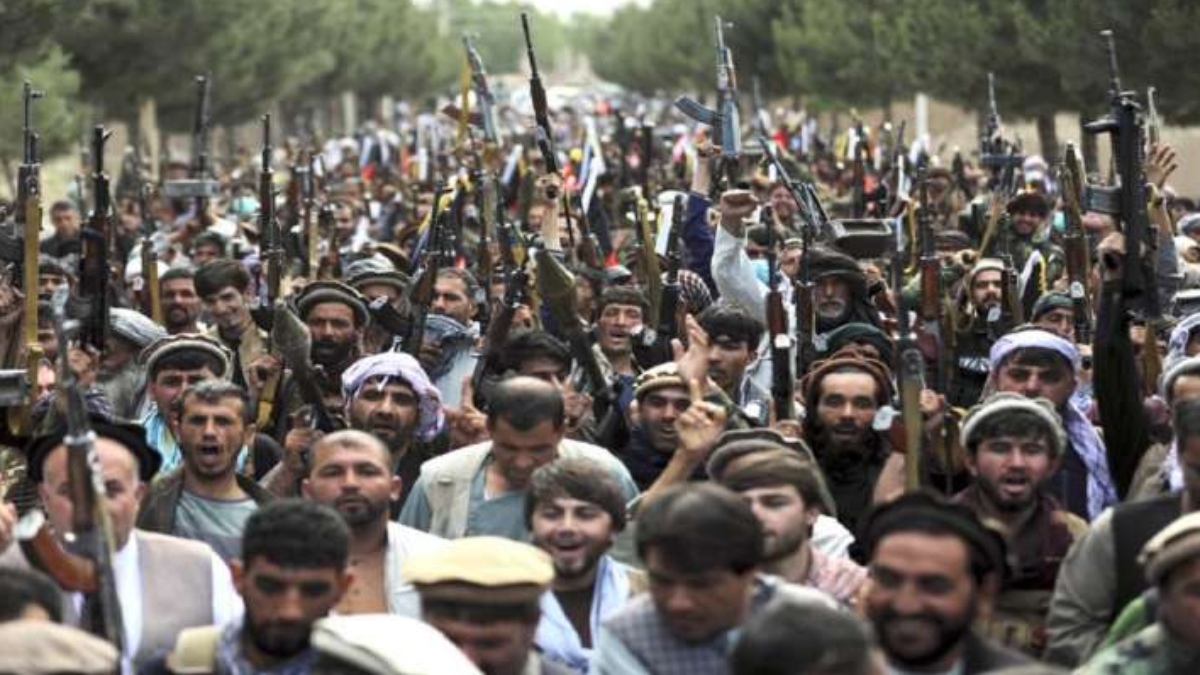


According to international news reports, US forces left Afghanistan’s Bagram airbase stealthily on Friday night, without informing the new Afghan commander of the base. While leaving they shut off the electricity and left thousands of civilian vehicles, but without their keys. By the time Afghan soldiers got control of the base next morning, looters had ripped it apart. As one Afghan soldier told an AP reporter, “In one night, they (US) lost all the goodwill of 20 years.” It is being said that by exiting suddenly and surreptitiously, the US wanted to avoid its much-photographed “Saigon exit moment”, when American civilians and pro-US Vietnamese citizens were airlifted out of Saigon in April 1975, as part of Operation Frequent Wind, ahead of the capture of Saigon by the People’s Army of Vietnam and the Viet Cong. But photographs or no photographs, the fact is, in both cases, the superpower US has been humbled by much smaller entities—the Vietnamese and the Taliban. But then whatever the accusations of cutting and running be hurled at President Joe Biden, if viewed through the prism of domestic compulsions, the exit from Afghanistan makes perfect sense at least to US citizens. Outside of that, the exit is extremely problematic.
Currently, the situation is such that the plan of having a democratically elected government in Kabul, with possible Taliban representation, is a chimera. The Taliban have been making major gains with large swathes of territory coming under their control in recent weeks. According to the Long War Journal, the Taliban control 196 of Afghanistan’s 407 districts and are putting up a challenge in 128 other districts. Compared to that, the Afghanistan government “controls” 74 districts. Most of these 196 districts have come under Taliban control in the last few weeks. Worryingly, the Taliban have made major gains in Badakhshan province in the north, its Achilles heel prior to 9/11. Badakhshan was the headquarters of the Northern Alliance of Ahmad Shah Masoud, the “lion of Panjshir”, who resisted the Taliban, but was assassinated two days prior to 9/11. It is one of Afghanistan’s most important areas. According to a report by Afghanistan’s Tolo News, as many as 11 districts have fallen to the Taliban in just 24 hours over the weekend, seven of them in Badakhshan alone. The Afghan government is just melting away from these areas, with the military not putting up any resistance or fleeing to neighbouring Tajikistan. There is some speculation that some local resistance may come from some warlords and the current Afghan government may be able to hold on to Kabul for some months or at least a year or two. But the rate at which the north is being lost, Kabul may fall to the Taliban inside the next few weeks. In other words, all those steps taken in the so-called peace process are now inconsequential; sooner or later—possibly sooner—the Taliban will gain control of most of Afghanistan. And with the kind of track record they have, the people of Afghanistan are staring at a deep dark abyss. The US has left them to their fate after promising them a better future. All that good work done in the last two decades of giving girls an education, the citizens a semblance of normal life, in spite of the threats of a civil war and deadly terrorist attacks, is most likely lost. The development projects that India undertook in that country will also be under the control of the Taliban. In fact, right now, in western Afghanistan, the Taliban are killing government forces near Salma Dam, which India built for that country.
Afghanistan is descending into complete chaos and there is no one who can lead the demoralized Afghan forces into a resistance against the Taliban. The US is no longer interested in a fight, which anyway it could not win even in two decades. Pakistan is hoping to fish in troubled waters, but it may find it hard to ride this beast, which is all set to go out of control. As for India, it needs to be prepared for the fallout of the Taliban takeover of Afghanistan—terrorist groups running amok in the Af-Pak region, and Pakistan, with Taliban help, trying to divert them towards Kashmir. Apart from India losing whatever strategic gains it had made in the region by doing its humanitarian work in Afghanistan.